Traveling 6,000 miles to Spain's Pyrenees
From sleeping in a closet to sleeping in Ripoll, Catalonia.
“I hope the coffee is good,” I thought to myself as I lay in bed.
The alarm on my iPhone was set for 8:00 am, an hour before I agreed to meet in the hotel restaurant for breakfast. But, since I had woken up about 12-14 minutes beforehand, this was one of those rare mornings where I wouldn’t need it.
My mind had been wandering for a bit. It was a big deal that I was foregoing a stop at a local cafe and putting my faith in the hotel espresso bar to start my day off right. I used to tell myself that I was not addicted to caffeine, but I waived the “white flag” on that years ago.
I was more concerned about the clothes I hand-washed in the shower the night before. After bike packing here from Girona just a day before, I really needed them to be dry so that I wouldn’t be traveling home in what essentially would feel like a wet blanket wrapped around me. I figured since I was up early, I better get out of bed and check.
As I sat up and turned to get out of bed, I wondered, “How the hell did I even get here?”
Ripoll, Catalonia
I was over 2,000 feet above sea level in Ripoll, Catalonia, a town of just over 10,000 people on Spain’s side of the Pyrenees.
Ripoll is known as the cradle of Catalonia. The most important monastery of the country was built here, founded by the count Guifré el Pilós, who also created the four stripes on the national coat of arms. The capital of Ripollès was the headquarters of one of Christianity’s most complete libraries for centuries and received the praise of Jacint Verdaguer (1845-1902).
Over the years, I’ve slept in a lot of different places. But I couldn’t help but try and figure out how I went from sleeping on a twin-sized air mattress in a closet at one point in my life to sleeping 6,000 miles away from home in Ripoll, Catalonia.
What combination of decisions had I made that led me to this point? And out of all the friends and family that I had lost over time, why did I get the opportunity to be here?
Our Route to Spain’s Pyrenees
Unfortunately, there wasn’t much time to reflect. I needed to get dressed and head downstairs to meet Will for breakfast.
I didn’t want to keep him waiting, as I knew he was just as hungry as I was after our ride out to Ripoll the day before.
Will grew up in Hollis, Queens, where there weren’t many examples of representation outside of the cliche boxes society defaults to for black men. He and I have been friends for a number of years, and interestingly enough, the bicycle is how we met one another.
Will has been living in Spain as an expat for two years with his wife, Ayesha. And after leaving my corporate America job as the number-one sales rep, I’ve been here for just under one year.
However, neither of us had taken an overnight trip by bike since we moved here. In a matter of a week, we decided that we may as well “give it a go” before the weather gets cold, especially since we planned on heading to the Pyrenees. It is hard to pass up on checking off a life experience with a friend.
Tread Lightly
To get to Ripoll, we left Girona through Sant Gregory and rode north through Sant Feliu de Pallerols. It’s a small pueblo on the C-63 that you may not even realize you are traveling through, as the town is only a few blocks long.
As we passed the Brunet River, the headwinds passing through the valley of the Santa Margarida Volcano decided to welcome us (consider this a warning), and I wished they hadn’t.
Our trek north transformed from a solid two-man pace line to a near halt within minutes. 25-30 mph gusts of wind knocked us from left to right as we rode on inch-by-inch with cars passing to our left.
At 165 pounds and bike packing gear mounted to my frame, I have to admit I was a bit shocked (and concerned). But we were here, and we had come this far, so turning back wasn’t an option. If I had to pedal at 5 mph to get to Ripoll, then I was mentally ready for the extremely long day ahead.
After making our way to the other end of the valley, we decided to give our legs and minds a rest. And why not? This was a day for adventure, not one to see how fast we could ride from one end of the route to the other.
With oat bars in hand (Will’s were homemade. Why didn’t I think of that?), we stood in awe as we took in the view.
He told me about how the bicycle has exposed him to so many great things and encouraged him to pay it forward.
“I enjoy seeing people I grew up with ask me questions about bikes or where a running trail may be. As a black cyclist, I want to help eliminate barriers that we quickly put up as a reason to not do something. People might come to have a passion for something they haven’t tried yet.”
With my own journey into cycling in mind, I nodded my head in agreement. It’s one of the many things Will and I have in common.
We hopped on the road for a bit to cover a little more mileage. Only to pause again near a section of the Route of Carrilet I, which is a part of the Viás Verdes system in Catalonia.
The Route of Carrilet I is part of the network of Natural Roads of Spain and is included in the "Program of Natural Roads" developed since 1993 by the Ministry of Agriculture, Fisheries, and Food.
Carrilet I uses the same path as the old narrow-gauge railway (called "carrilet" in Catalonia) that went from Girona to Olot. But the Viás Verdes system as a whole allows you to go from the Pyrenees to the coast on modest gravel roads. If riding your bike next to cars isn’t your thing, it’s definitely worth doing more research on this commuting network and planning an adventure of your own.
With a couple of hours passed in our journey, it was time to make a committed effort in our final push to Ripoll. I hadn’t told Will, but the toughest bit of the route was waiting for us up the road.
It was Mount Canes, or, as they say here in Catalonia, “Coll de Canes”. The good news is it was the last part of our journey. The bad news? Well, it is about 7 miles in length.
For a “bigger” cyclist like myself, the longer climbs tend to intimidate me a bit. But it was a good thing the plan wasn’t to go up at race pace.
It helped morale that traffic on this road was very, very minimal. After moving here from southern California, this is something that I’m still adjusting to. Back home, you’re lucky if a car gives you the 3 feet of space that is required by law. But on our ascent up, I felt like a kid in a candy shop, having the entire road to ourselves.
As we made our way up the average 5.8% grade of the climb, I turned to Will and asked, “What’s the odds?”. “On what?” he responded, rightfully confused. “Two African-American expats are bike packing to Ripoll, Catalonia. Out of all the places in the world.” With a smirk on his face, he replied, “Man, I don’t even know.”
I had no clue either, but the thought crossed my mind a couple of times as I tried to process the beauty of the green countryside surrounding us. How did I get so lucky?
I figured we needed to pick up the pace a little bit and get to our destination. Will and I made it safely down the smooth descent and into Ripoll. Right on time too, as hunger pains began to set in.
A goal of mine was to eat some paella as soon as we reached town. It’s essentially a Spanish dish with rice, vegetables, chicken, and seafood and it’s made in a frying pan. Spain is known for it, and oddly enough, I have never enjoyed real paella since moving here.
“Let’s head to the hotel, and we’ll ask the receptionist where the best place is,” I said as we rolled through the tranquil streets of downtown Ripoll.
We had arrived during the “siesta” hours, a mid-day break where people spend time relaxing by themselves or with their families. The word “siesta” comes from the Latin hora sexta or “sixth hour.” When counted from sunrise, this roughly translates to a rest in the middle of the day.
It’s a break that was historically taken during the hottest hours of the day by people who worked in farming.
Luckily, someone was still working at the front desk of the hotel lobby when we arrived, covered in salt from our sweat. After a bit of negotiating, she allowed us to bring our bikes into the hotel lobby so that we could keep an eye on them.
“The paella here is really bad.”
“Qué?!” I replied in dismay. The receptionist nodded her head to reaffirm what she had told me. I’m certain she could read the disappointment written on my face. But after she offered us a free beer or water (compliments of the hotel), my mood shifted into problem-solving mode.
“Let’s Eat Something!”
After a quick Google search, I stumbled upon a local cafe in the city center. “Let’s eat something! We can just ride over there and pick a cafe; I’m starving.”
We ended up at Cafeteria Alesia, where Will’s wife, Ayesha, and their dog, Emoji, joined us. When you’re hungry, everything looks good. But we decided on papas bravas, chicken wings, a beer, a few waters, croquetas, and a bocadilla de queso. The food was reasonably priced, and the service was good—a solid 7 out of 10 rating from me. Mainly because, well, it wasn’t paella!
The Next Morning
After a long day filled with physical and emotional highs and lows (mainly due to the Paella episode), we were ready to return.
Luckily, my clothes were dry by the time I headed back upstairs after breakfast. However, my socks had a different plan in mind. I needed to spend nearly 10 minutes drying them with a hair dryer in the bathroom before getting out on the road! With a potential storm incoming, the last thing I wanted to do was have wet socks on while getting rained on in low temperatures.
I finished up the drying, packed the clothes I had brought with me in my SKS Germany frame bag, and we left the hotel to get ahead start on the storm.
Instead of retracing the path we took the day before to return to Girona, we decided to take a different route. Once we re-conquered the back side of Coll de Canes to get out of Ripoll, we continued on through Olot.
This took us through the Parque Natural de la Zona Volcánica de La Garrotxa.
The Garrotxa Volcanic Zone Natural Park is made up of eleven municipalities and has an area of about 15,000 hectares.
Its orography, soil, and climate provide it with varied vegetation, often lush, with holm oaks, and beech forests of exceptional landscape value. Though, when you ride through, you will only experience a piece of it. You can also access it by foot if hiking is your thing.
The next notable town on this route is home to a 250,000-year-old lake, the Lake of Banyoles. While we didn’t stop on our way home, Banyoles is worthy of an adventure of its own if you’re searching for an easy coffee ride with views of rolling hills on your way there.
There are also a number of cafeterias and restaurants on the lake. Providing you with the perfect environment to connect with friends and family over a slice of cake and coffee.
This time around, we elected to bypass Banyoles and continue pressing on to Girona. I guess you could say we were ready to get home and didn’t want to give the storm time to catch up with us.
After joining on a random pace line with some riders that were headed in the same direction, we made it into Girona just in time for a late lunch. Are you surprised that we were hungry again?
We ended our ride at Verd, which is located in the heart of “Old Town Girona”. The owner convinced us to try the new goat cheese salad that was on the menu. I was open-minded to the idea, so long as I was able to indulge in some carrot cake after my meal (which I did).
This was the perfect ending to a trip that I’ll never forget.
-Calvin
Want to follow our journey on Instagram?
Calvin: @seesmith_
Will: @bossmeem


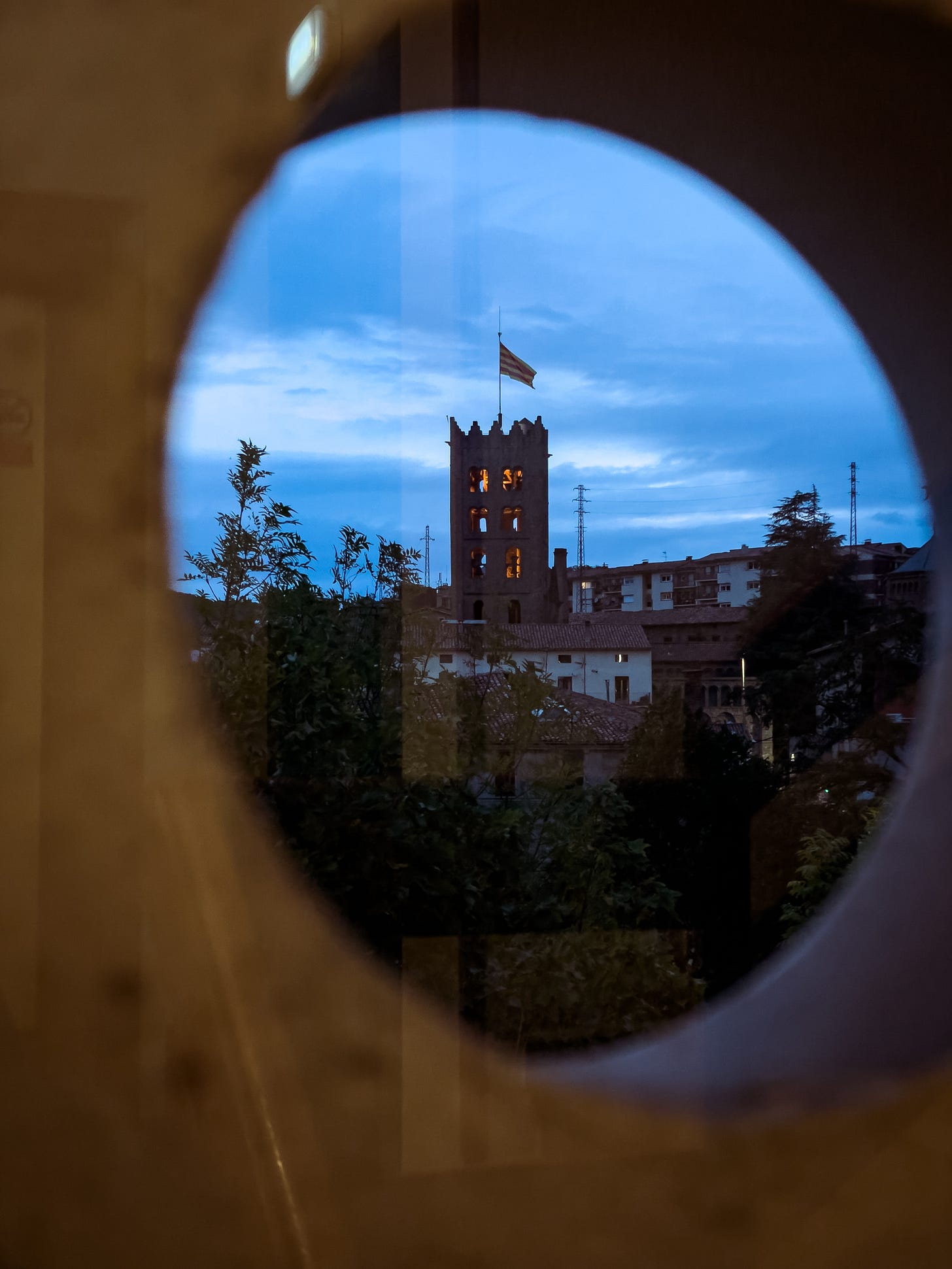

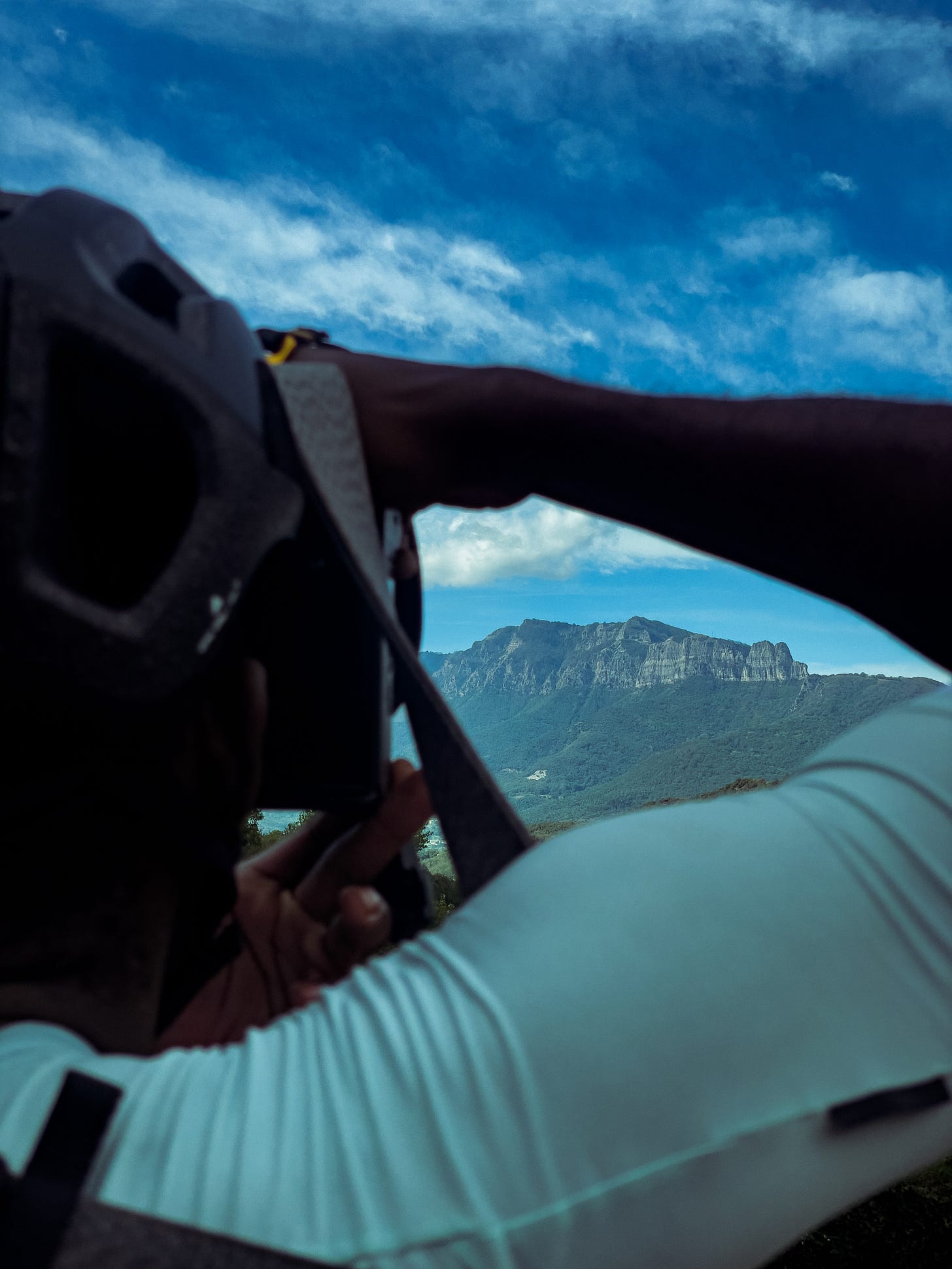


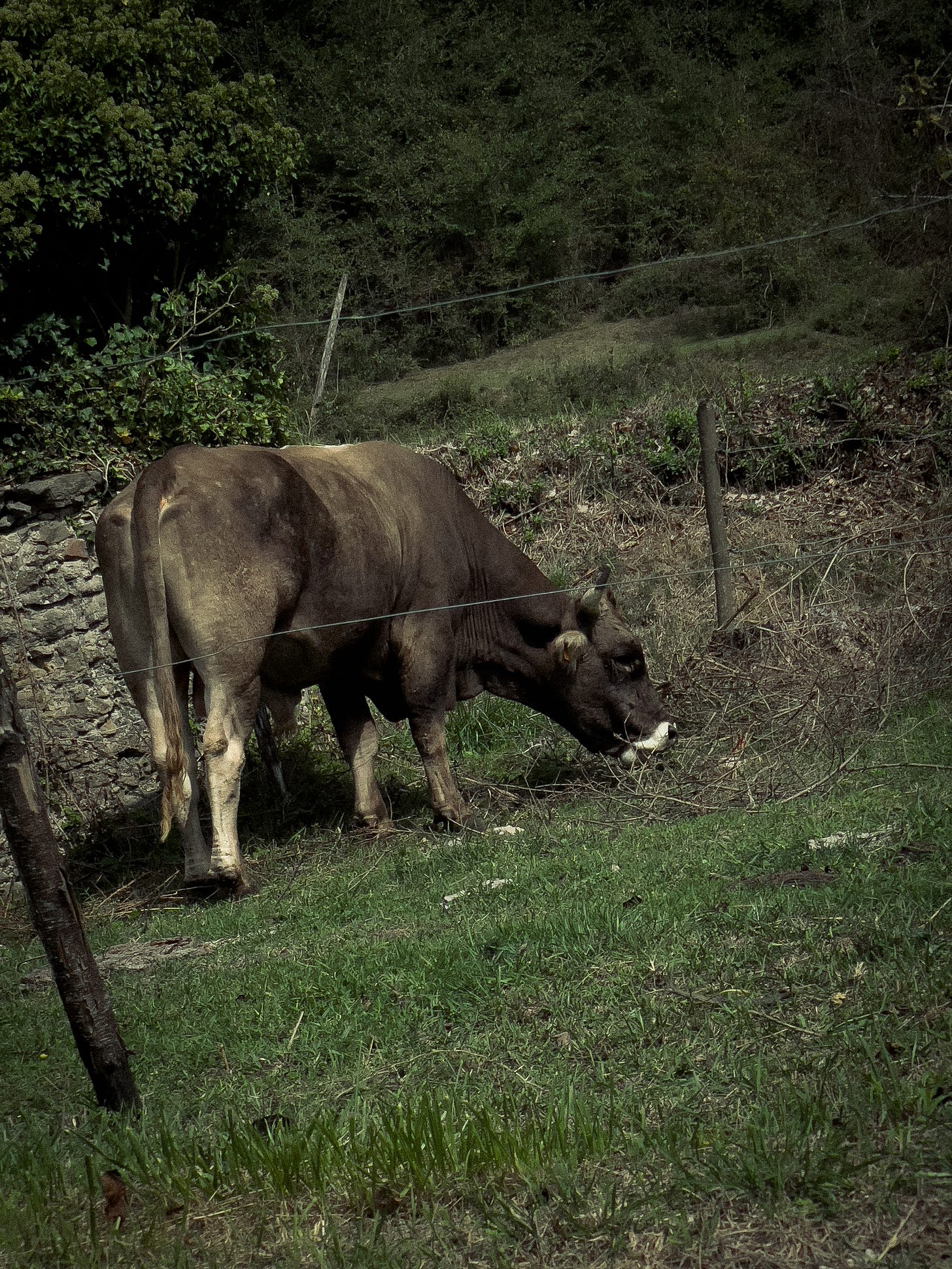
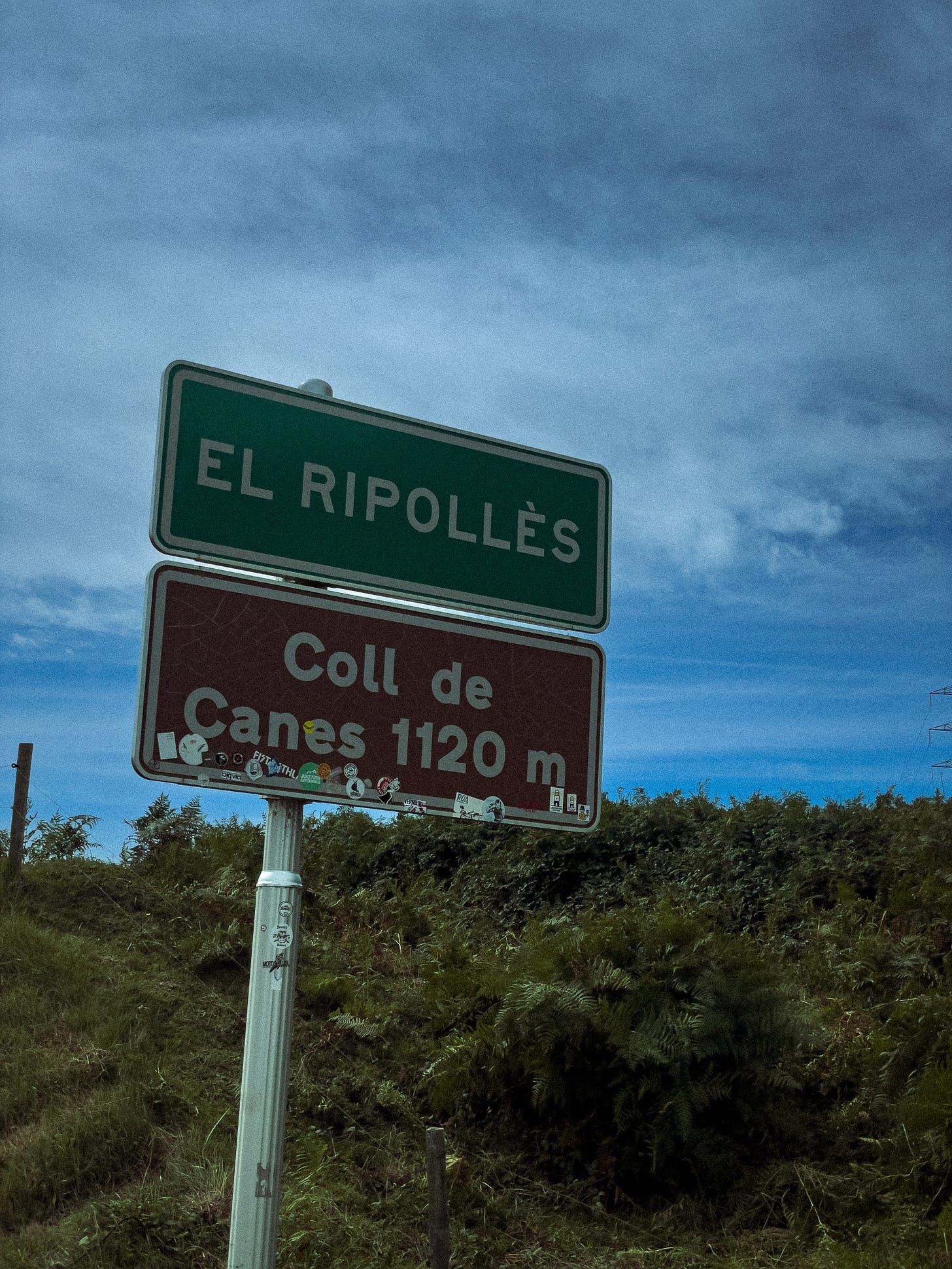
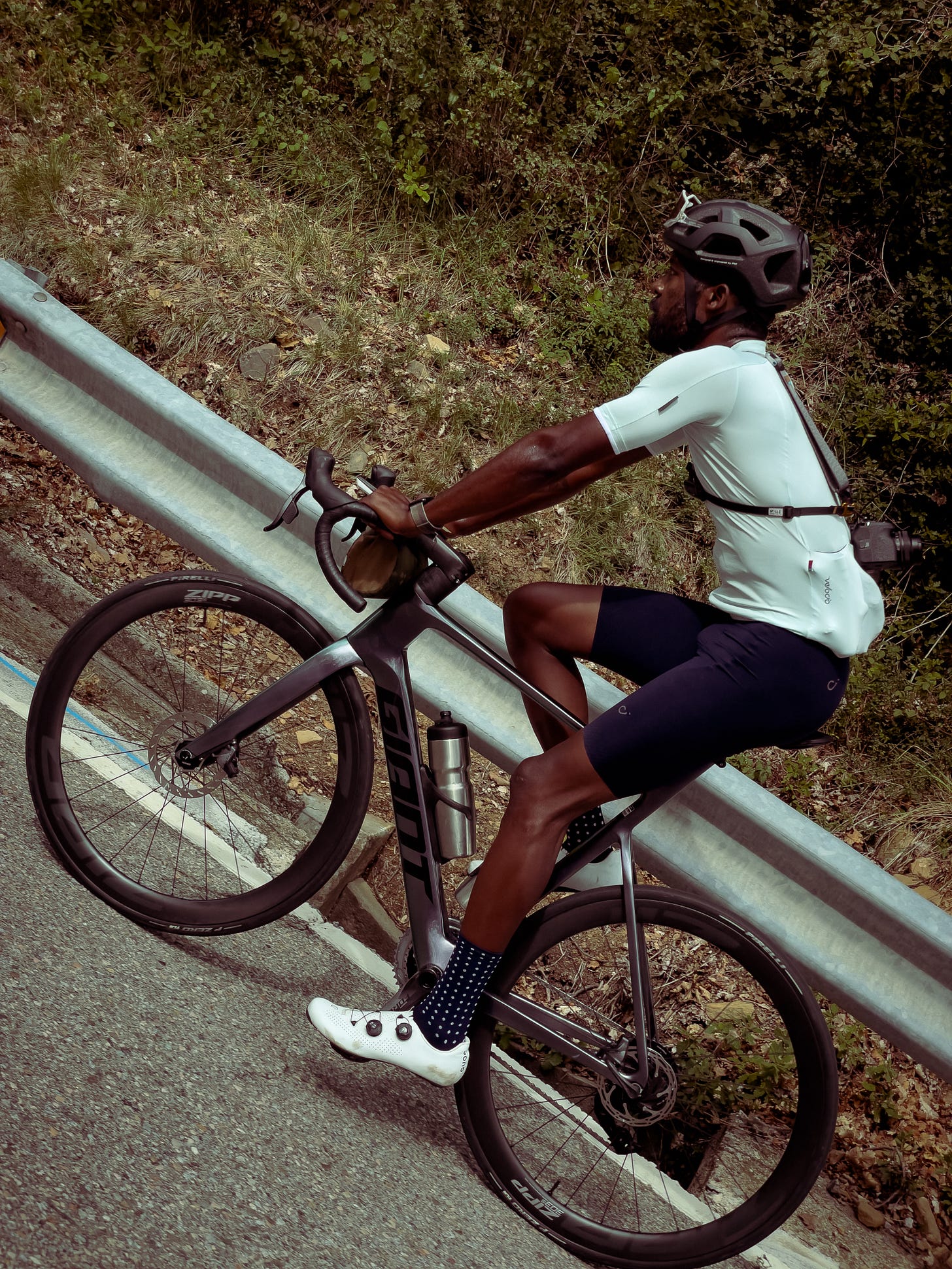
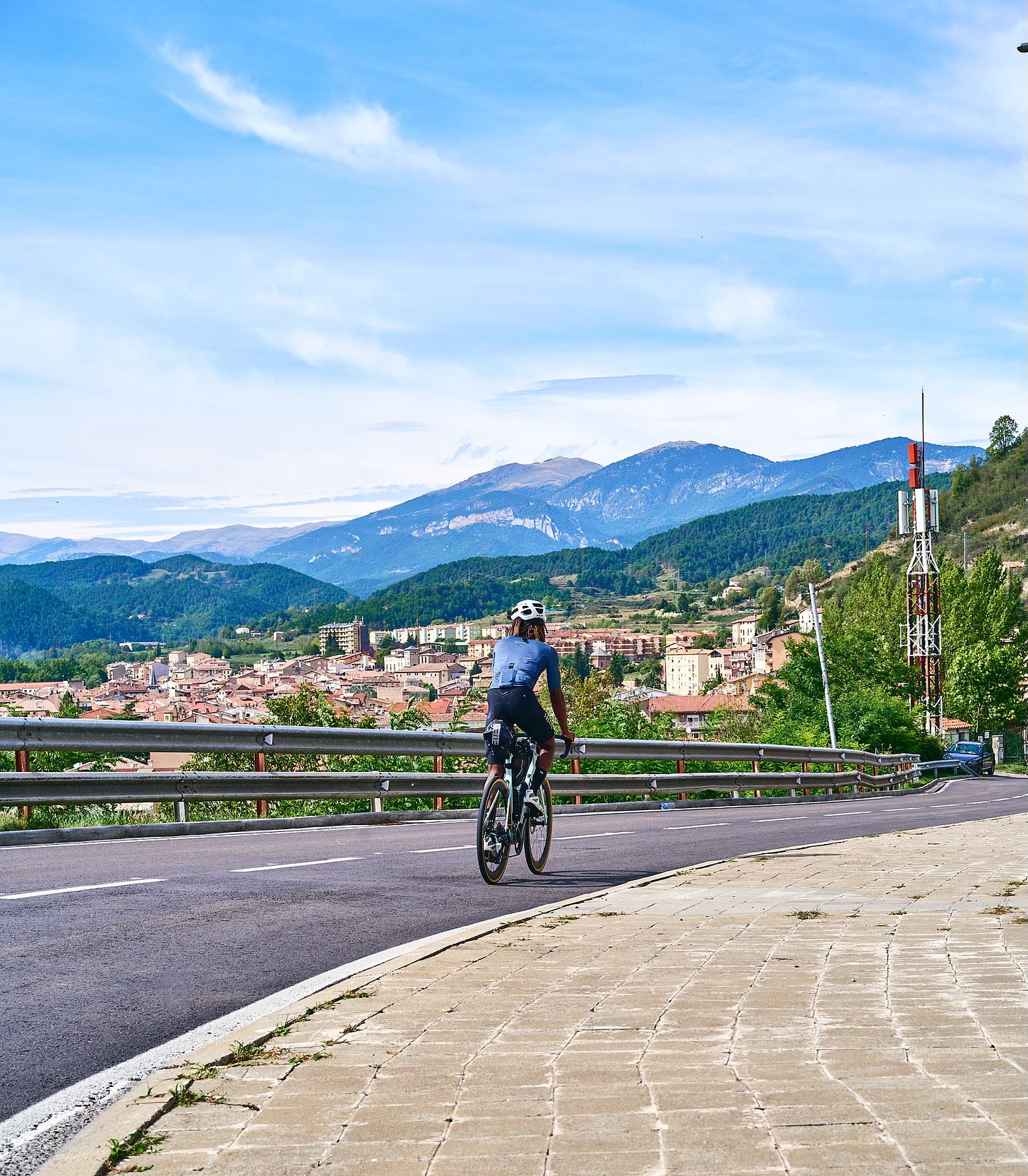
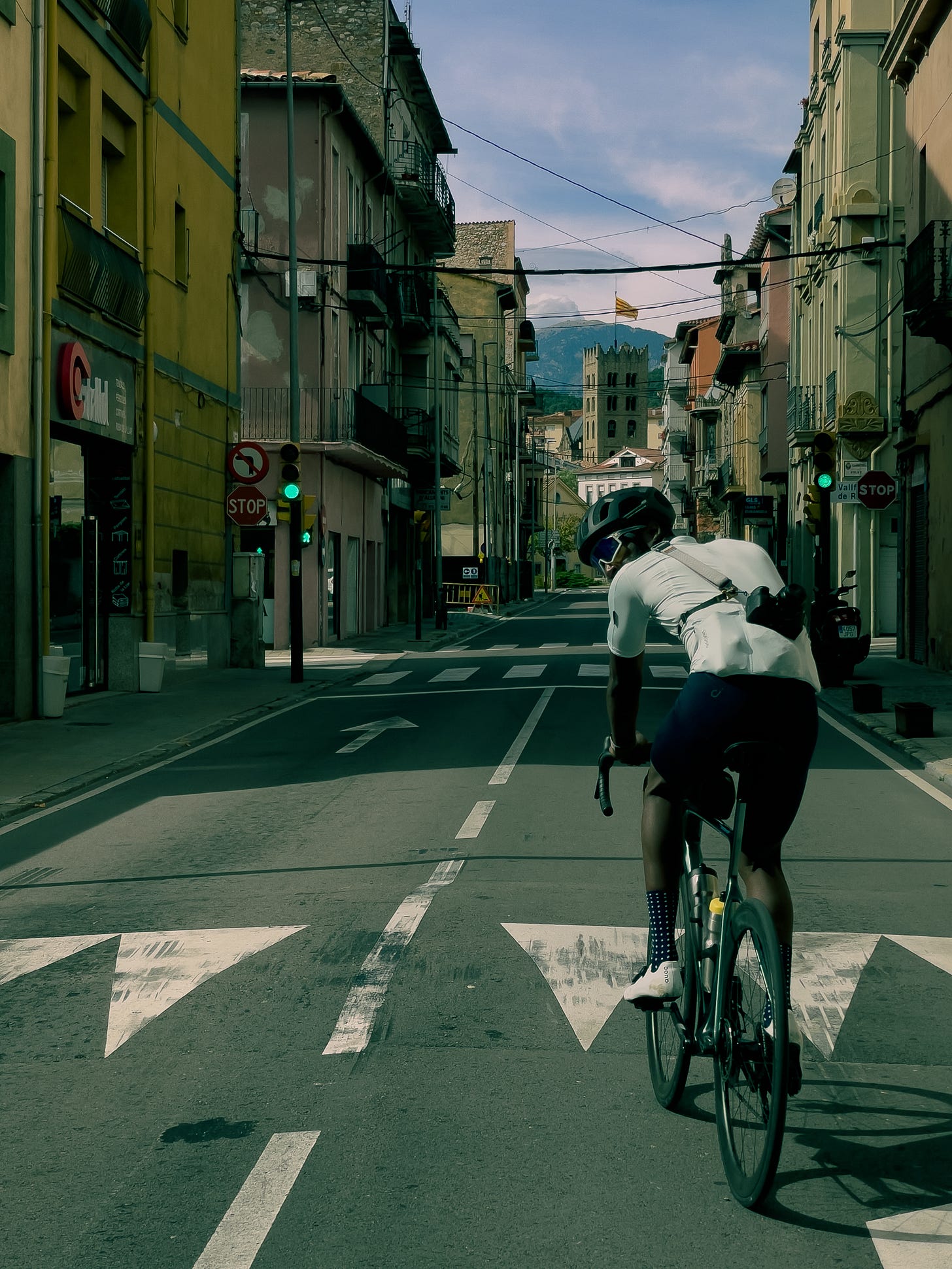


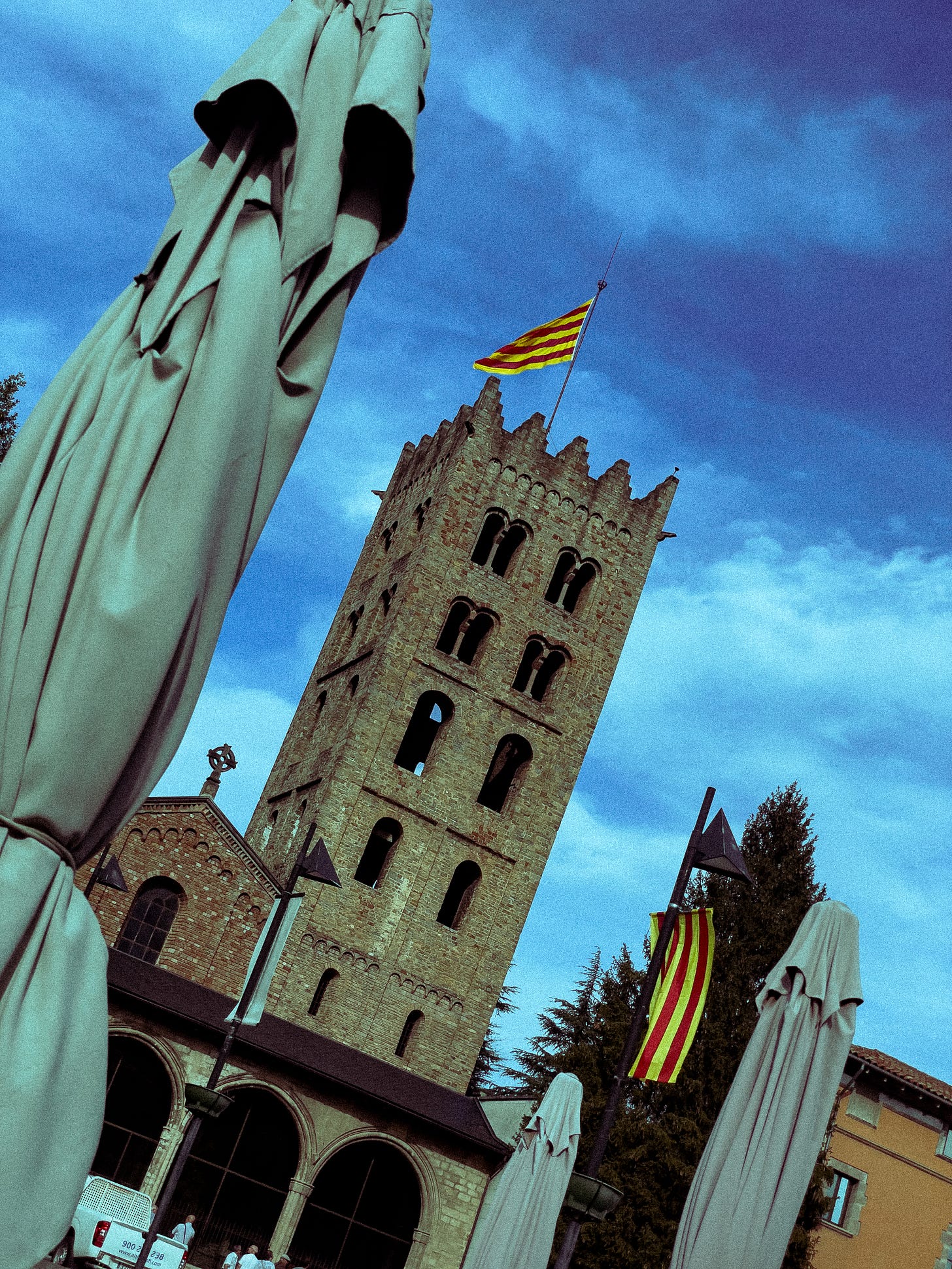
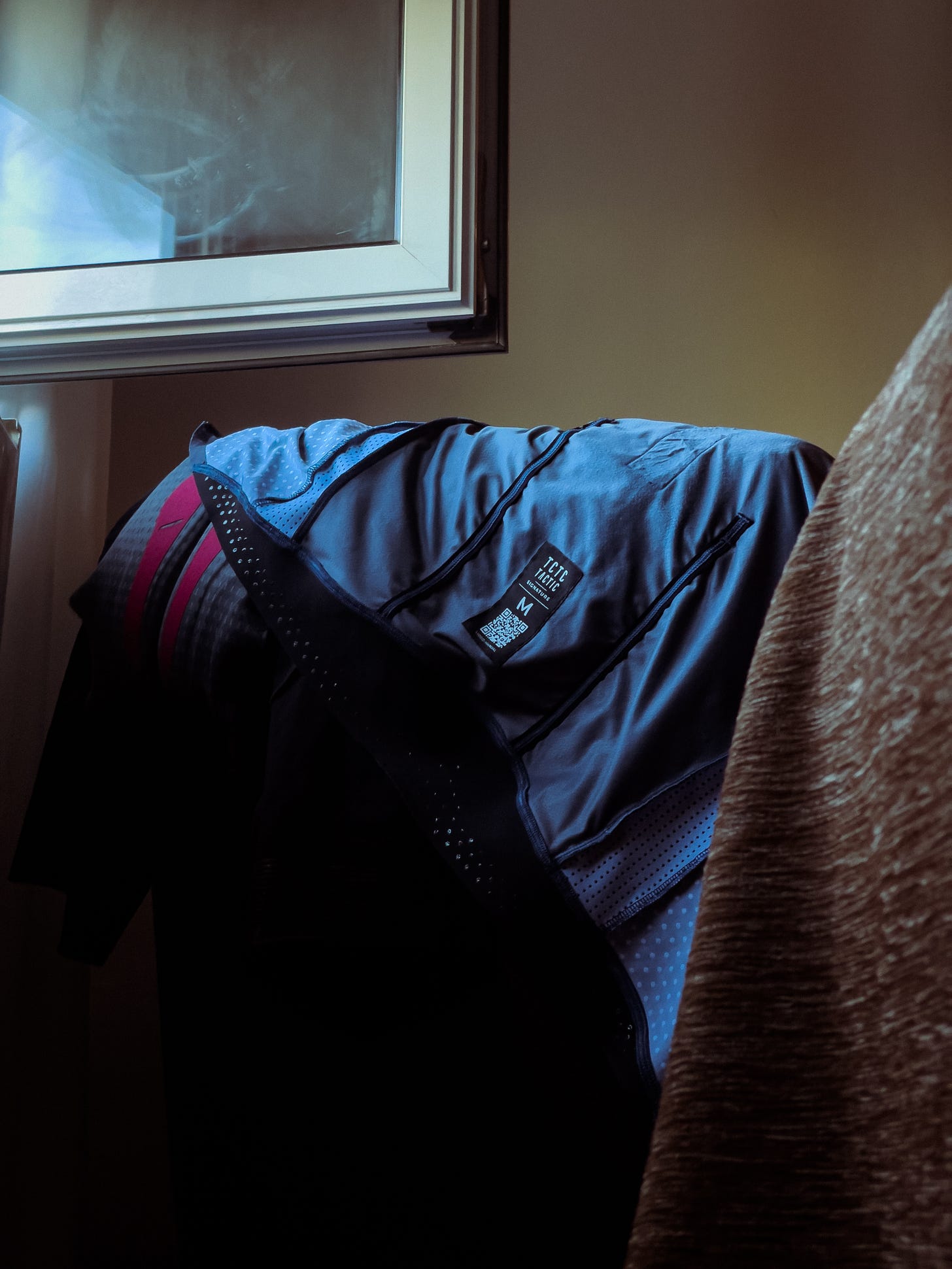
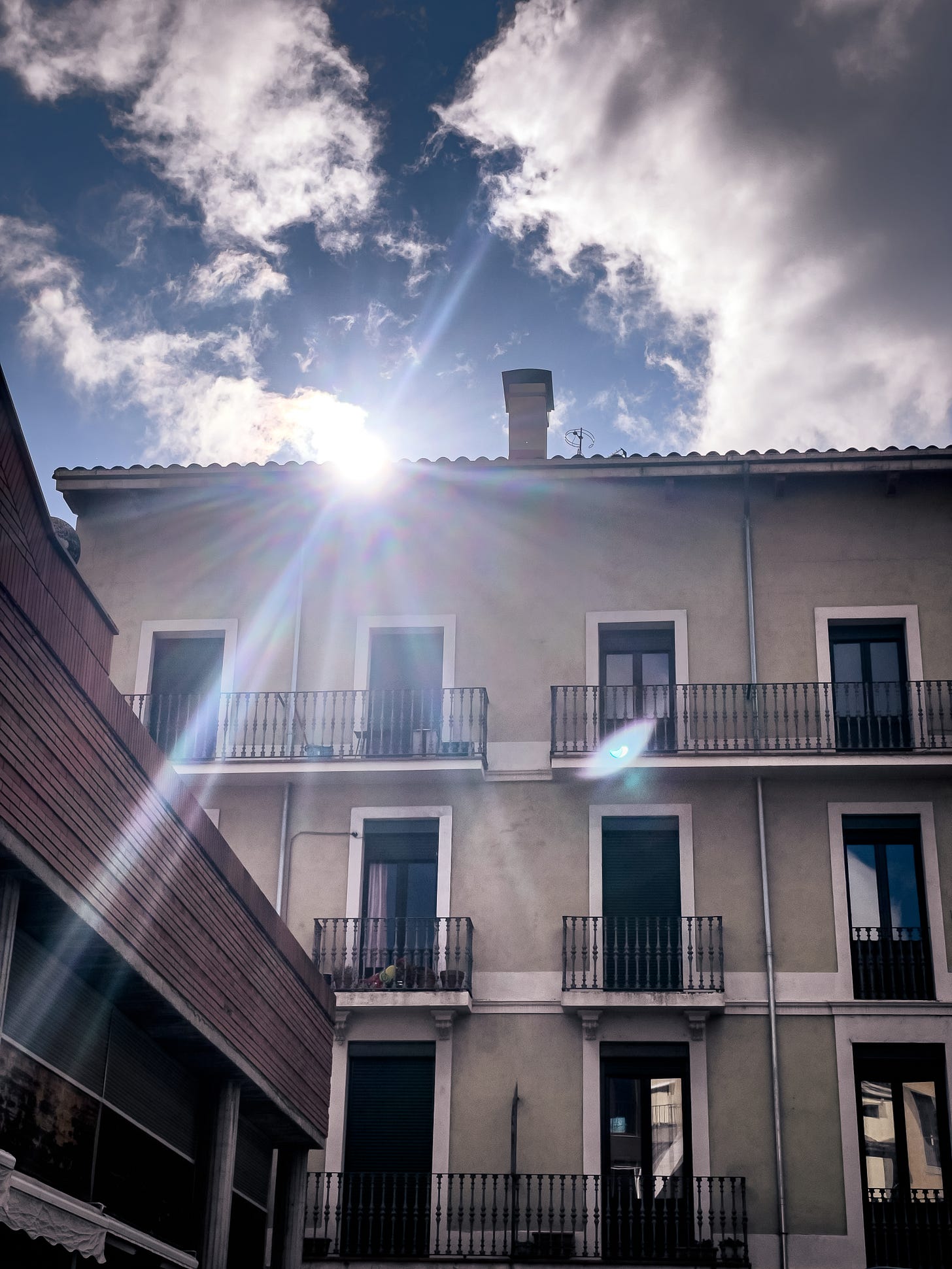


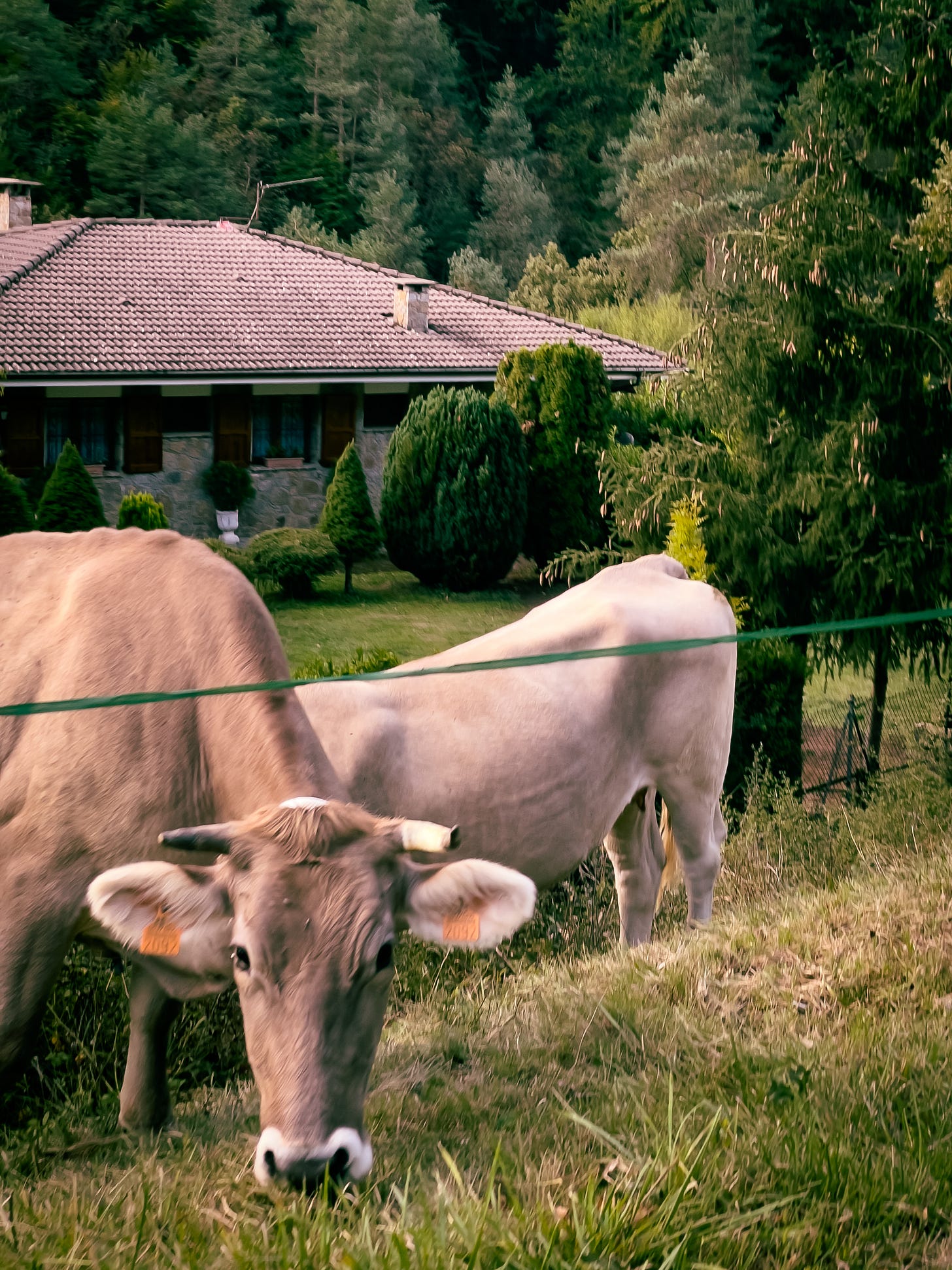


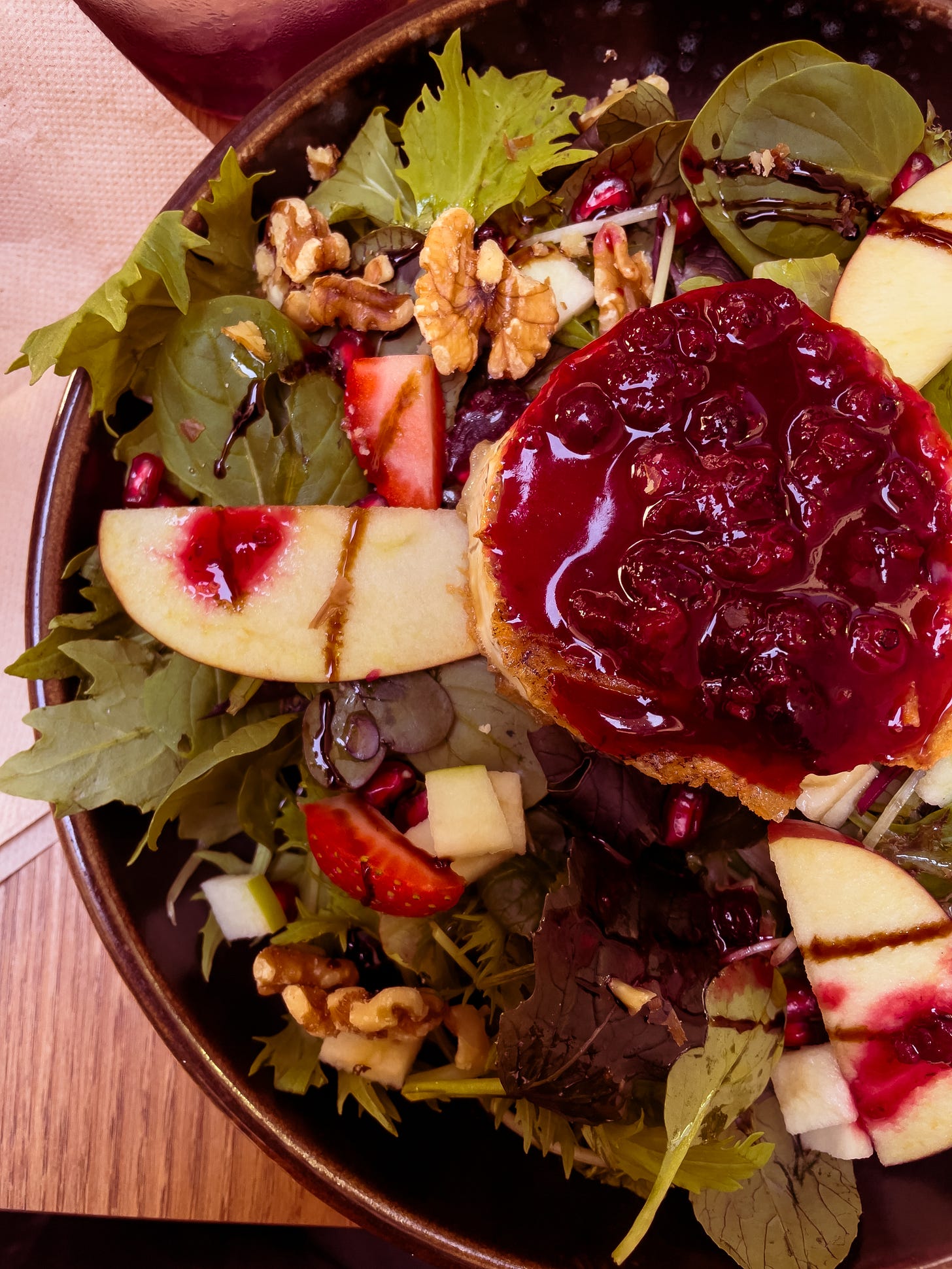
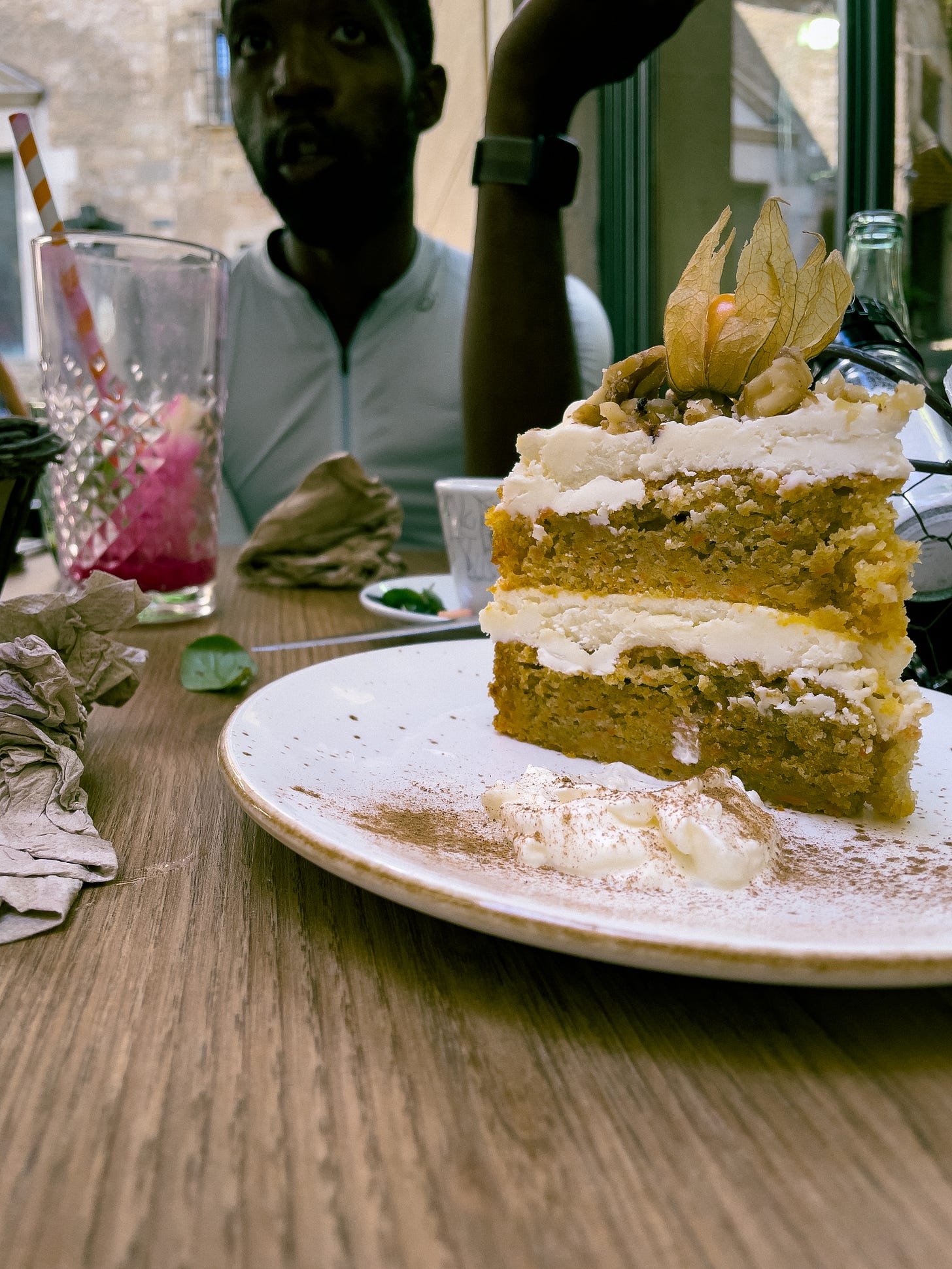
Just saw your video on your move to Spain. Very inspired and impressed! Some great insights in your videos. Thanks for sharing & Best of Luck in España!
What a journey!